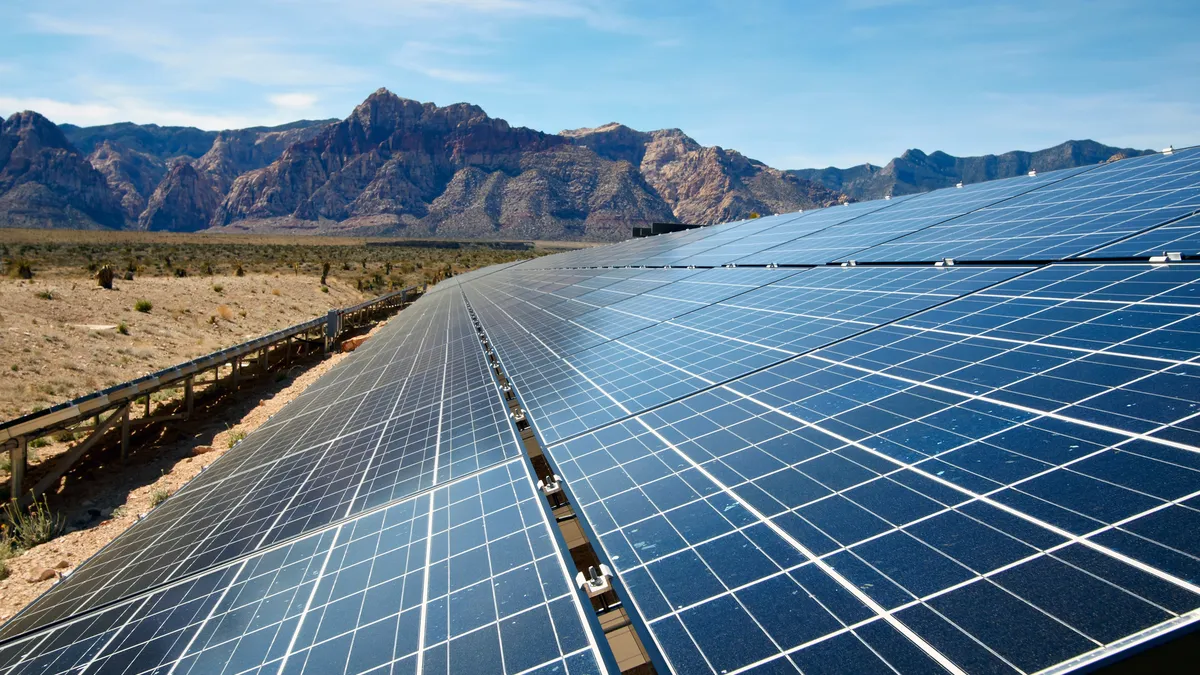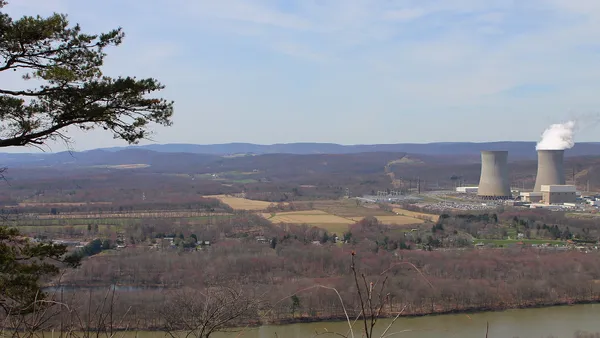Dive Brief:
-
The California Independent System Operator (CAISO), California Public Utilities Commission (CPUC) and California Energy Commission (CEC) released their final root cause analysis report on Wednesday, outlining key factors that led the state to trigger rolling outages last summer.
-
The conclusion largely mirrored preliminary findings, reporting that an extreme heat wave caused by climate change led to excessive demand, while resource planning targets under a changing power supply have not kept up with supply-demand, and some market practices exacerbated the supply issues.
-
Renewables and storage advocates said the report is evidence California should be more aggressive in investing in long-term energy storage, to ensure power from intermittent resources such as solar can be available during peak hours.
Dive Insight:
Last summer's rolling blackouts were the result of inadequate supply-demand planning as well as market issues, California's grid operator confirmed. The incidents last summer captured national attention, with some ready to solely blame the state's high levels of solar capacity for the issue. But stakeholders say the issue is more complicated.
"It is a CAISO problem, not a clean energy problem," said J.R. Tolbert, managing director at Advanced Energy Economy, last week.
California's heat wave last summer was a 1-in-30 year weather event in the state, according to CAISO's analysis, which extended across much of the Western U.S., creating high demand for power that exceeded planning targets. Further, resource planning targets have not kept pace with the evolving power mix, wherein demand during peak hours outpaces the supply of solar-produced power. Finally, the market had under-scheduled demand projections and day-ahead market rules prevented it from realizing the error.
These issues led demand to far exceed supply, and CAISO said resulting reliability problems are something it needs to examine more closely.
"Given our shift to clean energy … we have to change planning assumptions and analysis to account for that change," said Seth Hilton, partner in the Stoel Rives Energy Development practice. He says that although a shift in thinking is necessary, he worries about the level of change the CPUC and others are planning to implement on such a quick timeline.
CAISO, the CPUC and the CEC have made several changes since last summer to address some of these constraints before the summer of 2021.
The CPUC opened an emergency reliability rulemaking to require additional resource procurement before next summer, and CAISO is recommending the CPUC increase its resource adequacy targets for certain hours of peak demand. CAISO is also expediting a stakeholder process that will allow it to more accurately see real time supply and demand during constrained conditions. CAISO and the CPUC are also working to ensure that all battery storage projects get online as scheduled and ensure those resources operate reliably and efficiently right away.
Mid- to long-term efforts from the state will include ways to improve performance of demand response and storage, accelerate demand-side resource deployment.
California was one of the first states to set a 100% clean energy goal and currently has 29.2 GW solar and almost 6 GW of wind power.
Stakeholders across the country, including federal regulators, are watching closely how California responds to the rolling blackouts in the interest of avoiding similar incidents as more states similarly pursue high levels of renewable energy. Federal Energy Regulatory Commission Chair James Danly in December proposed regulators initiate a show cause investigation into the state's issues, but the majority of the commission felt such an investigation would impede the state's own efforts.
"There was already a tremendous amount of pressure to solve this problem, but certainly FERC's interest emphasizes the need for California to get this right," said Hilton.
Meanwhile, renewables advocates in the state say the final report is evidence that the state should do more to invest in long-duration energy storage.
"Long-duration energy storage is key to California's low-carbon future as they can store and distribute large amounts of renewable energy to the grid when the sun isn't shining and wind isn't blowing – today's root cause analysis report is just another confirmation that the state needs to be thinking long-term and investing in these storage projects now," said Patrick Sinclair, executive director of the California Alliance for Renewable Energy Solutions, in a statement.














